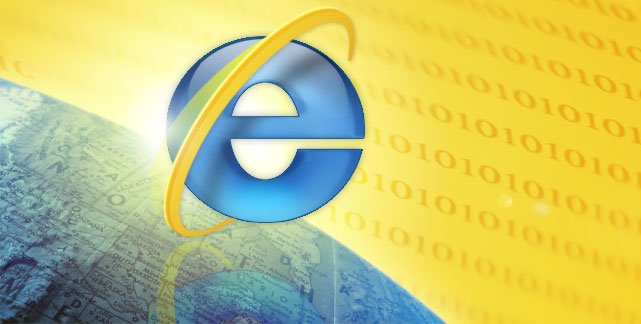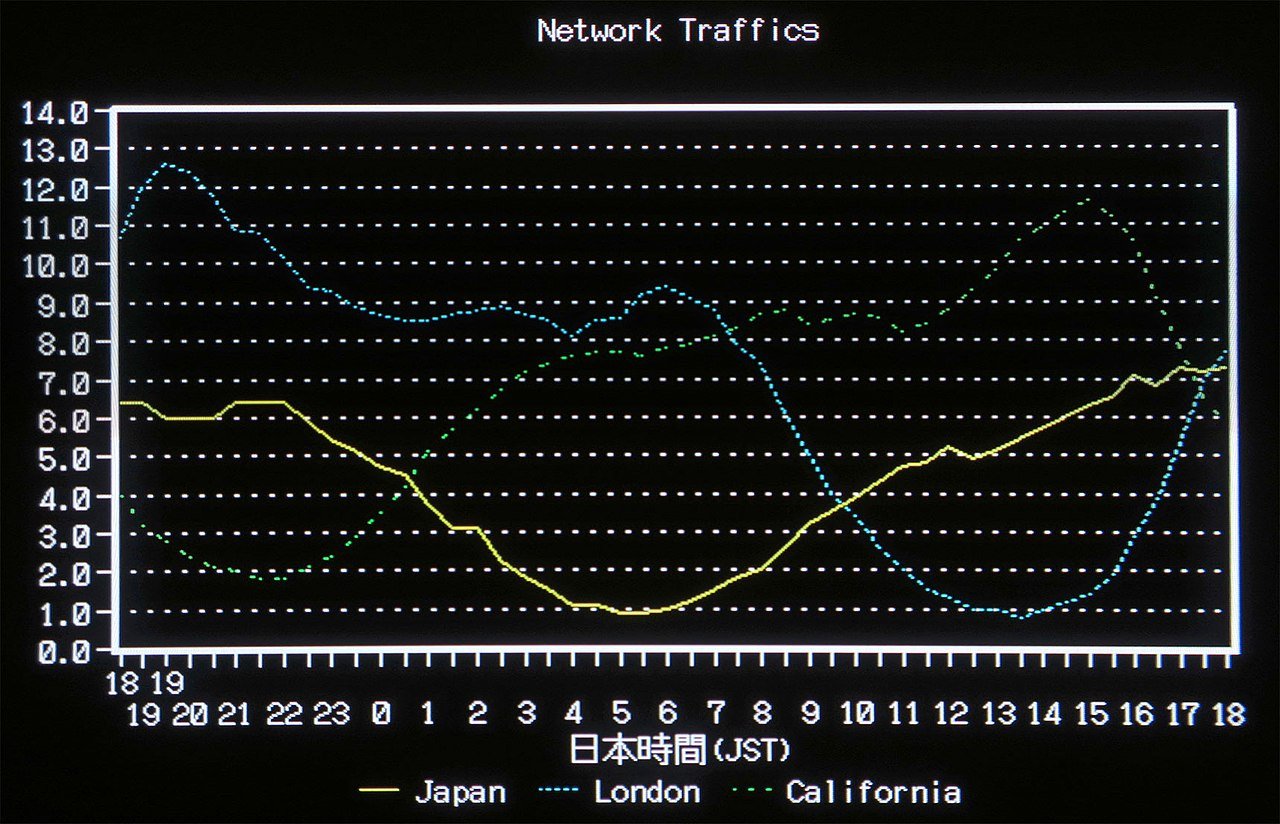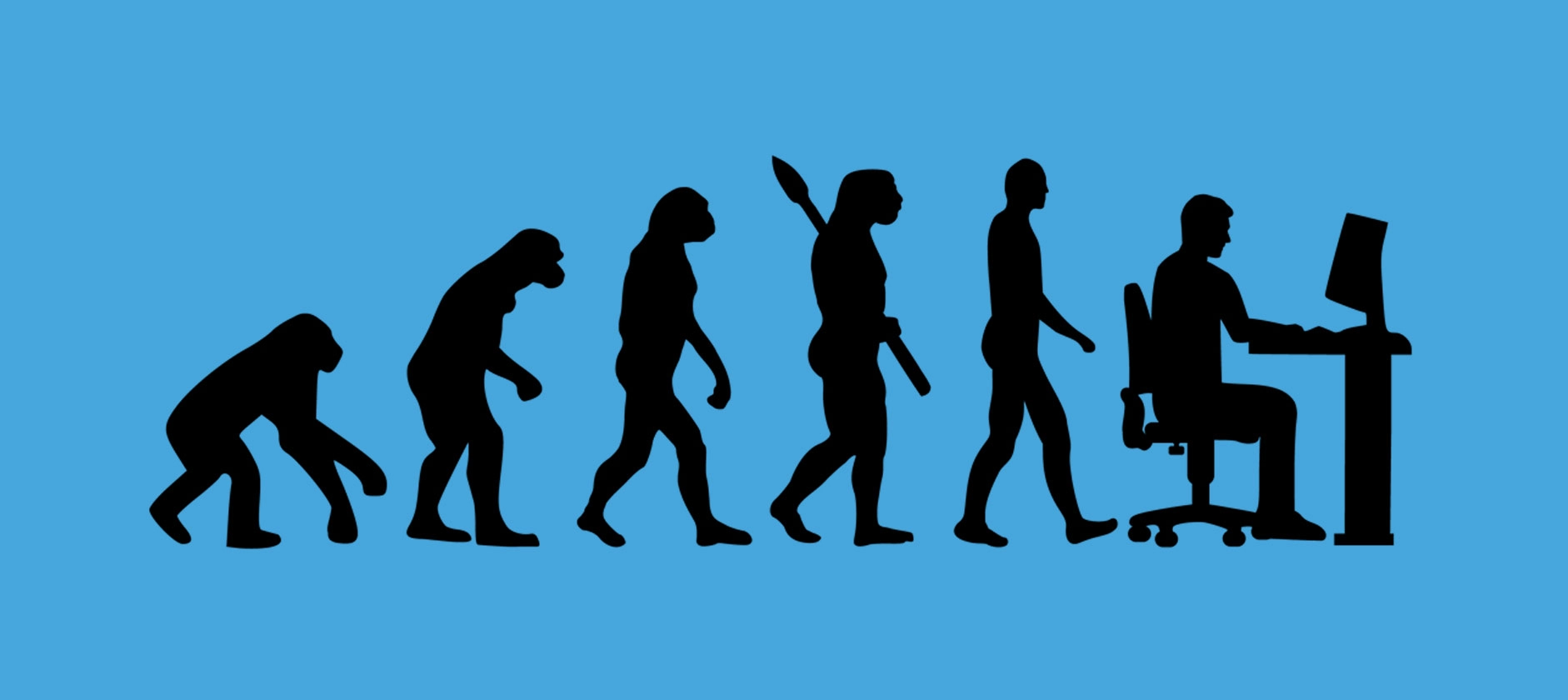The advent of personal computing in the early 1980s ushered in a transformative era for business and productivity, and at the forefront of this revolution was Lotus 1-2-3. Released in 1983 by Lotus Development Corporation, this software application became synonymous with spreadsheets and played a pivotal role in shaping the landscape of business computing. In this exploration, we delve into the profound impact of Lotus 1-2-3 on spreadsheets and its enduring legacy.
Lotus 1-2-3 was not merely a spreadsheet program; it was a comprehensive software suite that integrated spreadsheet functionality with charting and basic database capabilities. Its user-friendly graphical interface democratized computing, allowing users to navigate the complexities of data manipulation without extensive programming knowledge. This ease of use contributed significantly to the widespread adoption of personal computers in business environments.
The software’s capabilities went beyond the basics, introducing groundbreaking features such as macros for task automation and an array of mathematical and financial functions. These advancements empowered professionals to perform complex calculations and data analyses with unprecedented efficiency. Lotus 1-2-3 became the go-to tool for business professionals, revolutionizing the way financial modeling, planning, and analysis were conducted.
The market dominance of Lotus 1-2-3 was unparalleled during its peak, establishing it as an industry leader and contributing to the growth of IBM-compatible personal computers. However, the competitive landscape evolved, and the emergence of Microsoft Excel posed a formidable challenge. This competition fueled innovation, leading to continuous improvements in spreadsheet technology.
Table of Contents
What is Lotus 1-2-3 in Excel?
Lotus 1-2-3 is not a feature within Excel but rather an iconic predecessor to Microsoft Excel. It was a pioneering spreadsheet software developed by Lotus Development Corporation and released in 1983. While Lotus 1-2-3 is distinct from Excel, it is often referenced in historical contexts related to spreadsheet evolution.
In its time, Lotus 1-2-3 was the dominant spreadsheet application, providing users with a comprehensive suite of tools that included spreadsheet functionality, charting, and basic database capabilities. It featured a graphical user interface, a revolutionary concept at the time, making it more accessible to a broader audience. Lotus 1-2-3 introduced features like macros for automation and a robust set of mathematical and financial functions, setting a new standard for business computing.
Microsoft Excel, released later in 1985, eventually surpassed Lotus 1-2-3 in popularity, but the latter’s influence is evident in Excel’s development. Many spreadsheet concepts and features pioneered by Lotus 1-2-3, such as formula creation and data manipulation, laid the groundwork for Excel’s success. While Lotus 1-2-3 is not a part of Excel, acknowledging its historical significance provides insight into the evolution of spreadsheet software.

Which spreadsheet program was developed by Microsoft and competed with Lotus 1-2-3?
Microsoft Excel was the spreadsheet program developed by Microsoft that competed directly with Lotus 1-2-3. As Lotus 1-2-3 dominated the spreadsheet software market during the 1980s, Microsoft recognized the growing significance of this software category and sought to challenge Lotus’s supremacy.
Microsoft Excel was first introduced for the Apple Macintosh in 1985 and later for Microsoft Windows in 1987. Excel quickly gained traction due to its intuitive user interface, powerful features, and compatibility with the emerging Windows operating system. Microsoft’s approach included continuous improvements and innovations, making Excel a formidable competitor to Lotus 1-2-3.
One key advantage of Excel was its integration with other Microsoft Office applications, such as Word and PowerPoint, creating a seamless productivity suite. Microsoft’s commitment to providing a comprehensive and user-friendly experience, coupled with regular updates and enhancements, contributed to Excel gradually surpassing Lotus 1-2-3 in terms of market share.
By the 1990s, Microsoft Excel had become the dominant spreadsheet software, marking a shift in the industry landscape. Its success not only solidified Microsoft’s position in the software market but also played a pivotal role in establishing Microsoft Office as an integral part of business computing.
How do I import Lotus 1-2-3 into Excel?
Importing Lotus 1-2-3 files into Excel can be done using a straightforward process that takes advantage of Excel’s compatibility with various file formats. Follow these steps to transfer your Lotus 1-2-3 data into Excel seamlessly:
Open Excel
Launch Microsoft Excel on your computer, and ensure you have a new or existing workbook open.
Go to the ‘File’ Menu
Navigate to the ‘File’ menu located at the top-left corner of the Excel window.
Select ‘Open’
From the ‘File’ menu, choose ‘Open’ to access the Open dialog box.
Locate the Lotus 1-2-3 File
Browse and select the Lotus 1-2-3 file you wish to import into Excel. Ensure the file type is recognized as Lotus 1-2-3 or *.wk*.
Choose ‘Open As’
After selecting the file, Excel may prompt you to choose how you want to open the file. Opt for the appropriate option, such as ‘Open as read-only’ or ‘Open and repair,’ if necessary.
Review Import Options
Excel will present an Import Wizard with various options for configuring the import. Ensure the settings align with your preferences, specifying details such as the delimiter used in the file.
Complete the Import
Follow the prompts to complete the import process. Excel will convert the Lotus 1-2-3 file into an Excel workbook, preserving the data and formatting.
Save the Excel Workbook
Once the import is successful, save the Excel workbook to retain the data in the Excel format.
By following these steps, you can seamlessly import Lotus 1-2-3 files into Excel, facilitating data migration and compatibility between the two spreadsheet applications.
Lotus 1-2-3: Revolutionizing Spreadsheets
Lotus 1-2-3 was a groundbreaking software application that had a significant impact on the world of spreadsheets and business computing. Released by Lotus Development Corporation in 1983, it quickly became one of the most popular spreadsheet programs of its time, playing a pivotal role in the early adoption of personal computers in business settings. Here are several ways in which Lotus 1-2-3 influenced the world of spreadsheets:
Integrated Suite
Lotus 1-2-3 revolutionized the computing landscape by transcending the conventional notion of a spreadsheet program. It stood out as an integrated software suite, encompassing not only powerful spreadsheet capabilities but also charting, graphing, and rudimentary database functionalities. This amalgamation of features transformed Lotus 1-2-3 into a multifaceted tool, empowering users to tackle a diverse array of business-related tasks seamlessly within a singular application.
The spreadsheet component of Lotus 1-2-3 provided users with a robust platform for organizing and manipulating numerical data. Simultaneously, its charting and graphing features enabled the visual representation of complex datasets, enhancing data interpretation and presentation. This dynamic visual element set Lotus 1-2-3 apart from its predecessors.
Moreover, the inclusion of basic database capabilities expanded its utility beyond traditional spreadsheets. Users could manage and organize structured data, paving the way for more sophisticated data-driven analyses. This integration of spreadsheet, charting, and database functionalities within a cohesive suite was groundbreaking, offering a holistic solution that addressed various business needs.
Lotus 1-2-3’s success can be attributed not only to its components but also to the synergy created by its seamless integration. This comprehensive approach to business computing set a precedent, influencing subsequent software development and shaping the expectations of users seeking versatile solutions for their evolving computational requirements.
Widespread Adoption
Lotus 1-2-3’s meteoric rise to prominence during the 1980s marked a pivotal era in the history of spreadsheet software. Its rapid and widespread adoption positioned it as the de facto standard, transforming the way businesses manage data and conduct financial analyses. This software played a central role in the general acceptance of personal computers, particularly those compatible with IBM, establishing a symbiotic relationship.
Developed explicitly for the IBM PC, Lotus 1-2-3 leveraged the growing popularity of these computers, becoming a cornerstone application that showcased the practicality and versatility of personal computing in business environments. The success of Lotus 1-2-3 significantly contributed to the overall success and market penetration of IBM-compatible PCs, solidifying their position in the corporate landscape.
Business professionals embraced Lotus 1-2-3 for its powerful spreadsheet capabilities, enabling them to streamline complex calculations, create intricate financial models, and generate insightful reports. The software’s intuitive interface and advanced features made it an indispensable tool, driving the demand for IBM-compatible personal computers as enterprises sought to leverage the transformative capabilities of Lotus 1-2-3. In essence, Lotus 1-2-3 not only revolutionized spreadsheet usage but played a vital role in shaping the trajectory of personal computing, influencing the widespread adoption of IBM-compatible PCs in the business world.
Graphical User Interface (GUI)
Lotus 1-2-3’s groundbreaking contribution to the world of computing lies in its implementation of a user-friendly graphical interface, a revolutionary departure from the text-based interfaces prevalent in its time. This graphical interface played a pivotal role in democratizing computing, as it made spreadsheet software accessible to a broader audience beyond just technologically adept individuals.
The intuitive design of Lotus 1-2-3 significantly lowered the entry barrier for users, enabling them to create, edit, and manipulate spreadsheets without the necessity of extensive programming knowledge. Prior to its introduction, spreadsheet programs often required users to navigate complex command-line interfaces, limiting their usability to those with specialized technical skills. Lotus 1-2-3 changed this paradigm by presenting a visually intuitive environment where users could interact with data more naturally and understandably.
This shift in interface design not only empowered business professionals to harness the power of spreadsheet computing but also facilitated the broader adoption of personal computers in various industries. The user-friendly nature of Lotus 1-2-3 contributed to a more inclusive computing landscape, where individuals across diverse sectors could leverage the benefits of spreadsheet software for tasks ranging from financial analysis to data organization, marking a significant step towards the democratization of technology.

Functionality and Features
Lotus 1-2-3 revolutionized the landscape of spreadsheet software through the introduction of innovative features that significantly enhanced its functionality. One key milestone was the incorporation of macros, a groundbreaking concept at the time. Macros allowed users to automate repetitive tasks by recording a series of commands, enabling efficient execution of complex operations with just a single command. This feature not only saved time but also elevated the software’s utility by empowering users to streamline their workflows.
Additionally, Lotus 1-2-3 distinguished itself by offering robust built-in mathematical and financial functions. These functions went beyond basic arithmetic, providing users with powerful tools for intricate calculations and financial modeling. Business and financial professionals, in particular, found immense value in the software’s ability to handle complex computations, making it an indispensable tool in their daily operations. The integration of these advanced functions contributed to Lotus 1-2-3’s reputation as a comprehensive solution for data analysis, financial planning, and scenario modeling.
Lotus 1-2-3’s introduction of macros and advanced mathematical and financial functions not only set a new standard for spreadsheet capabilities but also significantly influenced the evolution of similar features in subsequent spreadsheet applications, including Microsoft Excel. The legacy of these innovations continues to shape the way professionals leverage spreadsheet software for increased efficiency and sophisticated data analysis.
Market Dominance
During its zenith in the 1980s, Lotus 1-2-3 stood as an unrivaled giant in the spreadsheet software market. Its unprecedented success was so profound that it coined the term “Lotus position” to signify the pinnacle of industry leadership within the software market. As the preferred choice for spreadsheet tasks, Lotus 1-2-3 became synonymous with efficiency and innovation.
However, the landscape would undergo a seismic shift with the advent of competing spreadsheet programs, most notably Microsoft Excel. While Lotus 1-2-3 had established itself as the go-to software for business professionals, Excel’s arrival in 1985 marked the beginning of a transformative era. Microsoft’s commitment to continuous improvement, coupled with Excel’s intuitive interface and powerful features, posed a formidable challenge to Lotus 1-2-3’s dominance.
This newfound competition marked the gradual decline of the Lotus position. Microsoft Excel’s rising popularity and superior functionalities eventually led to a shift in market dynamics, with Excel surpassing Lotus 1-2-3 in user preference. The once-unassailable dominance of Lotus 1-2-3 became a historical footnote as Excel rose to prominence, symbolizing the dynamic nature of the software industry and the inevitability of innovation in the face of changing technological landscapes.
Competitive Landscape
The success of Lotus 1-2-3 marked a pivotal moment in the history of spreadsheet software, triggering intense competition in the market. As Lotus 1-2-3 gained widespread adoption and became the industry standard, rival companies, most notably Microsoft with Excel, recognized the need to innovate and challenge Lotus’s dominant position.
In response to the growing popularity of Lotus 1-2-3, Microsoft Excel emerged in 1985 as a direct competitor. Microsoft, leveraging its resources and commitment to software development, embarked on a journey to create a spreadsheet application that could rival and ultimately surpass Lotus 1-2-3. This competitive landscape fueled a race for features, functionality, and user-friendly interfaces, benefitting consumers and businesses alike.
The rivalry between Lotus and Microsoft prompted a continuous cycle of improvements and innovations in spreadsheet technology. Both companies sought to outdo each other in terms of performance, ease of use, and feature sets. This intense competition ultimately led to significant advancements in spreadsheet software, with each iteration introducing new capabilities and refining existing ones.
As a result of this competition, spreadsheet applications evolved from simple number-crunching tools to sophisticated business solutions. The user experience improved, functionalities expanded, and the overall versatility of spreadsheet software increased. The legacy of this competitive era is evident in today’s advanced spreadsheet programs, where features initially pioneered by Lotus 1-2-3 have become integral components of modern spreadsheet applications.
Business Productivity
Lotus 1-2-3 emerged as a transformative force in business productivity during the 1980s, playing a pivotal role in the widespread adoption of personal computers in professional environments. At its core, Lotus 1-2-3 was a robust spreadsheet application that revolutionized how businesses handled financial tasks and data analysis.
The software’s spreadsheet capabilities were instrumental in enabling professionals to perform complex financial calculations with unprecedented ease and accuracy. Tasks that once required extensive manual effort and time-consuming computations could now be executed swiftly within the digital realm of Lotus 1-2-3. This not only enhanced accuracy but also freed up valuable time for business professionals, allowing them to focus on strategic decision-making rather than tedious calculations.
Moreover, Lotus 1-2-3 empowered users to analyze data effectively, providing a platform for organizing and interpreting information in ways that were previously unimaginable. The ability to create professional-looking reports further solidified its position as an indispensable tool in business environments. This newfound efficiency and capability for data-driven decision-making became a driving force behind the widespread integration of personal computers into the day-to-day operations of businesses.
Lotus 1-2-3 not only streamlined financial workflows but also became a catalyst for a broader technological shift, showcasing the immense potential of personal computers as indispensable tools for enhancing business productivity and decision-making processes.
Legacy and Enduring Influence
Lotus 1-2-3’s rise to prominence in the 1980s marked a transformative era for spreadsheet software, but its eventual decline in the 1990s did not diminish its lasting impact on the industry. Microsoft Excel emerged as a formidable competitor, leveraging evolving technologies and user preferences to surpass Lotus 1-2-3 in popularity. However, the legacy of Lotus 1-2-3 endures, leaving an indelible mark on the evolution of spreadsheet applications.
The pioneering features introduced by Lotus 1-2-3, such as macros for automation, a graphical user interface, and a robust set of mathematical functions, set a standard for usability and functionality. These innovations laid the groundwork for subsequent generations of spreadsheet software, with Microsoft Excel incorporating and expanding upon many of these concepts. The seamless integration of spreadsheet capabilities with charting and database functions became a hallmark of both Lotus 1-2-3 and its successors.
While Lotus 1-2-3 may have ceded its dominance to Excel, its influence remains pervasive. The intuitive design and powerful functionalities pioneered by Lotus 1-2-3 continue to shape how businesses and individuals interact with spreadsheet applications today. In acknowledging its enduring legacy, we recognize the foundational role Lotus 1-2-3 played in the evolution of spreadsheet software, leaving an indelible imprint on the digital tools that power modern data analysis and financial modeling.
Lotus 1-2-3 stands as a revolutionary force in the realm of spreadsheets, leaving an indelible mark on the landscape of business computing. Launched in 1983 by Lotus Development Corporation, it was not merely a spreadsheet application but a comprehensive software suite that seamlessly integrated spreadsheet functions, charting, and basic database capabilities. Its groundbreaking, user-friendly graphical interface marked a departure from the command-line interfaces of its time, making computing more accessible.
The impact of Lotus 1-2-3 extended beyond its technical capabilities; it played a pivotal role in propelling the widespread adoption of personal computers in business settings during the 1980s. The software empowered professionals to conduct intricate financial analyses and data manipulations with relative ease, contributing significantly to enhanced business productivity.
While Lotus 1-2-3 eventually ceded its dominance to competitors like Microsoft Excel, its influence endures. The intuitive design, powerful mathematical functions, and the concept of integrated software suites pioneered by Lotus 1-2-3 laid the foundation for subsequent generations of spreadsheet applications. Today, as newer spreadsheet programs emerge, the legacy of Lotus 1-2-3 persists in the way businesses handle data and calculations, serving as a testament to its enduring impact on the software landscape.














